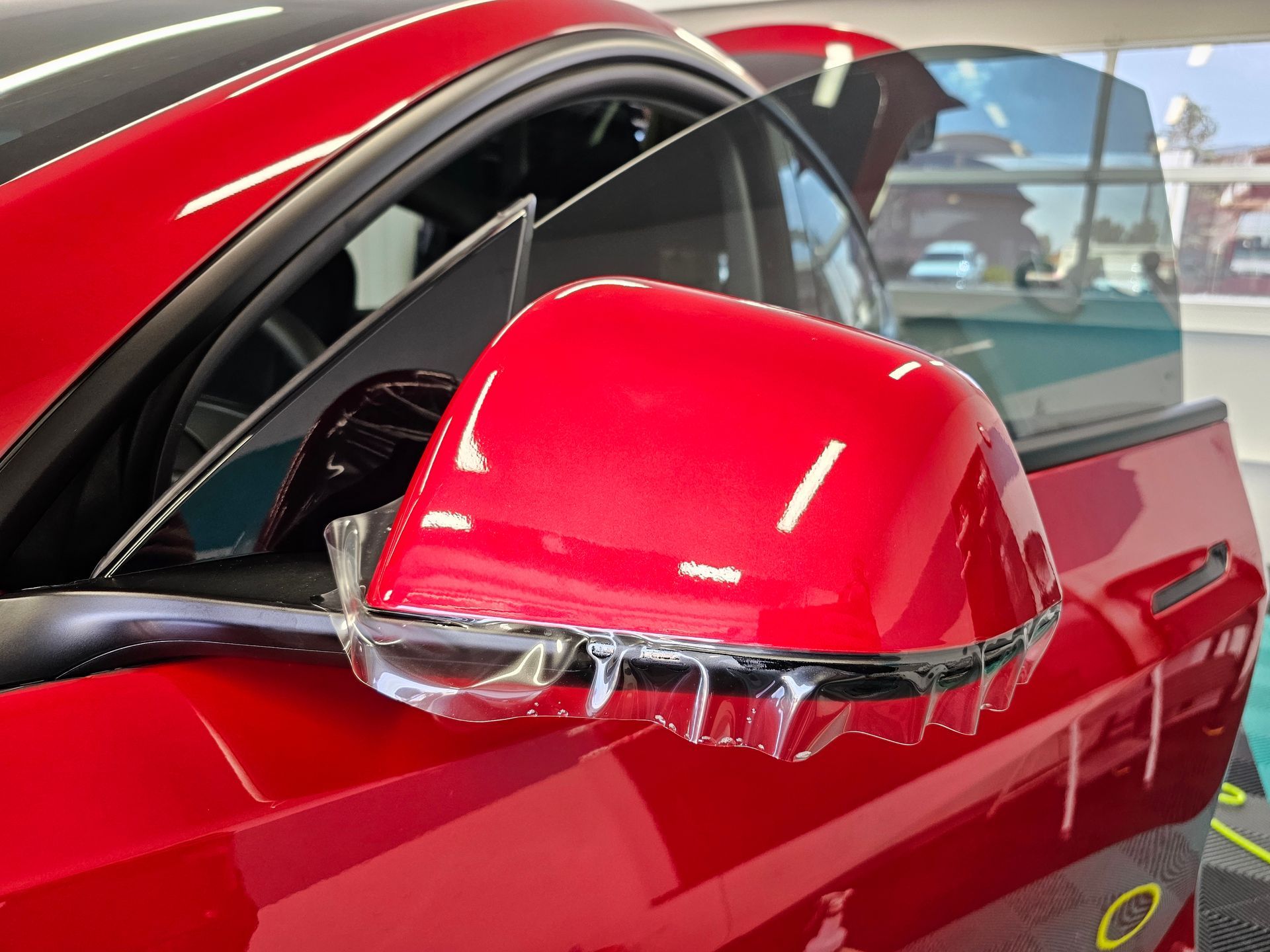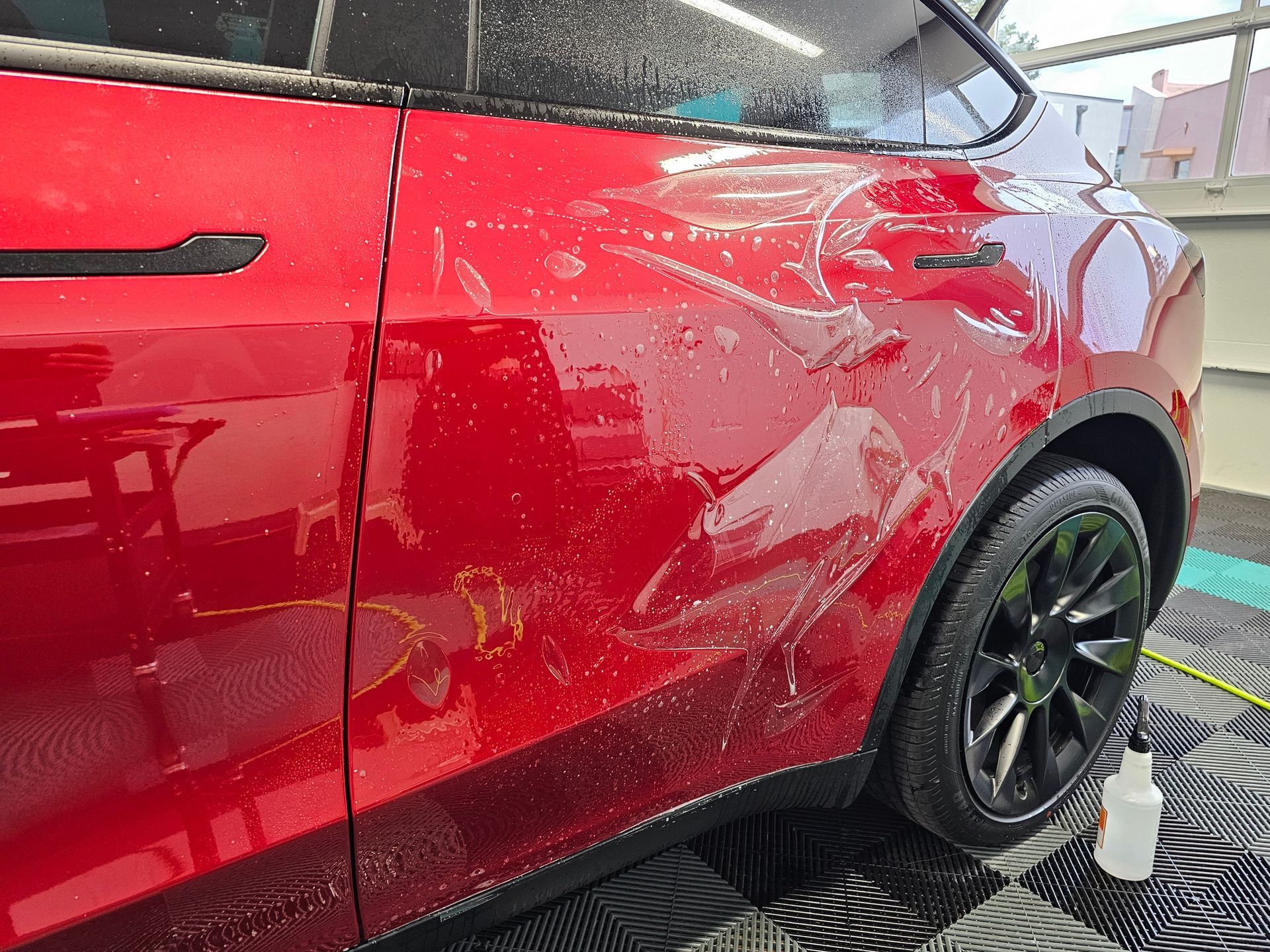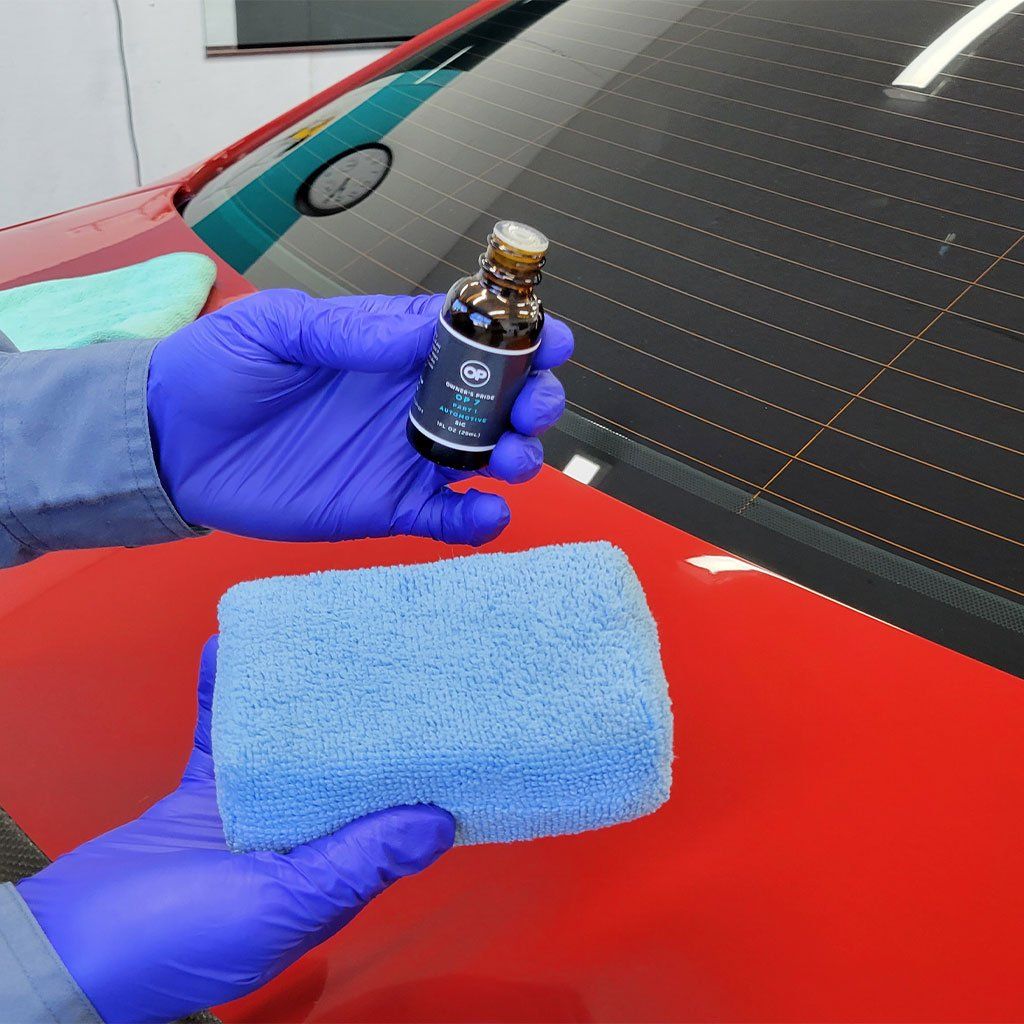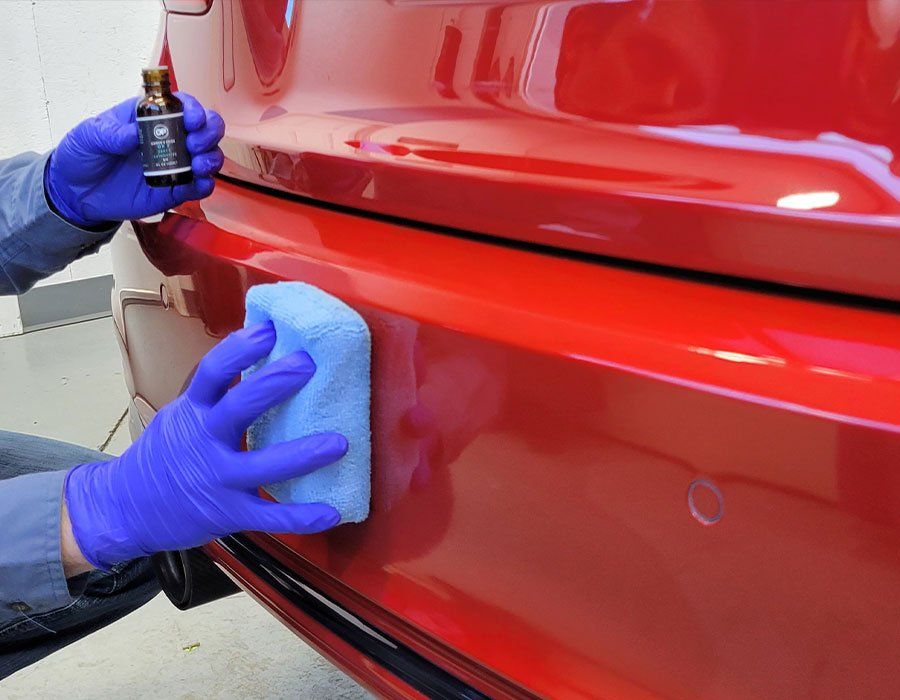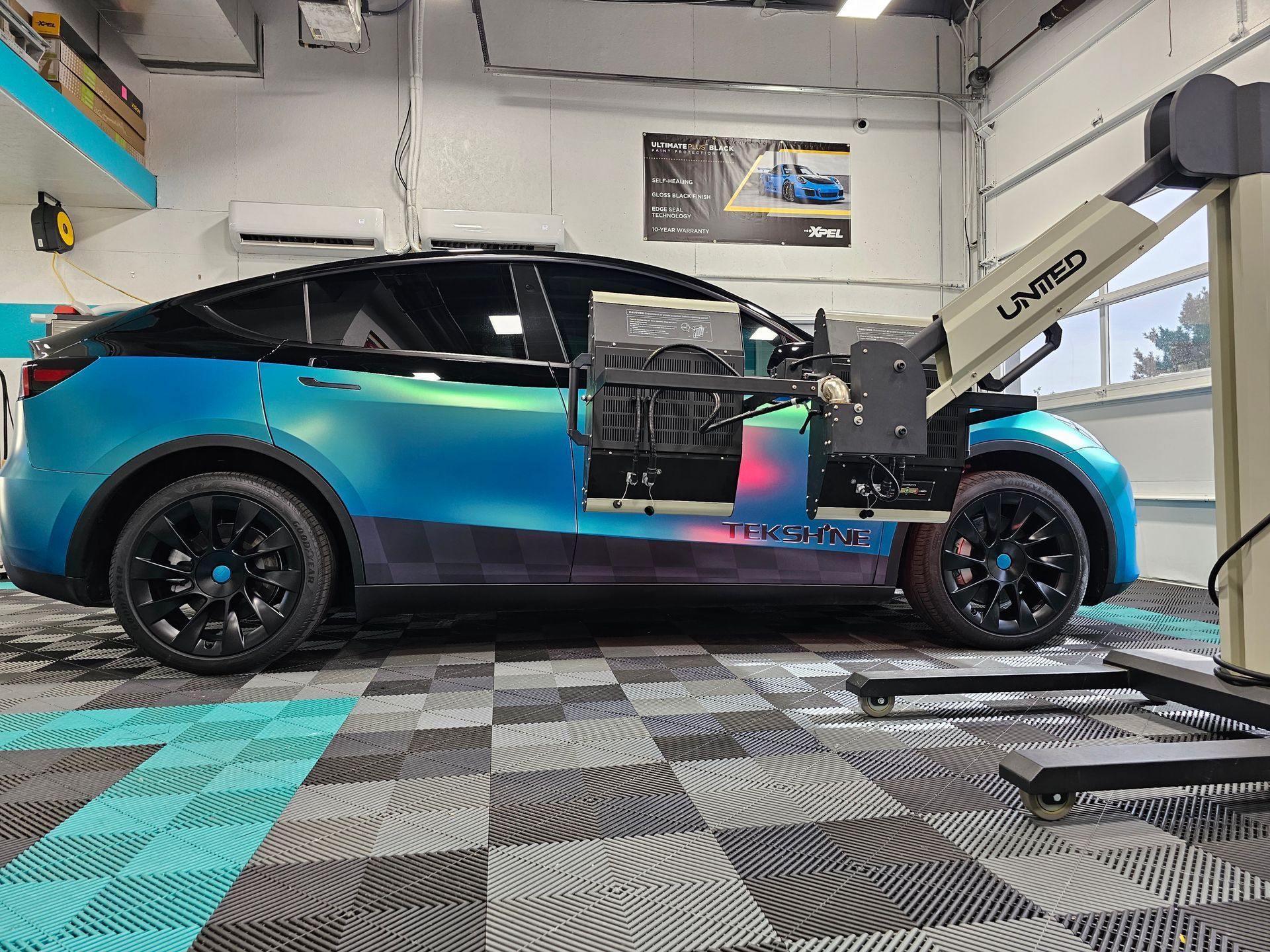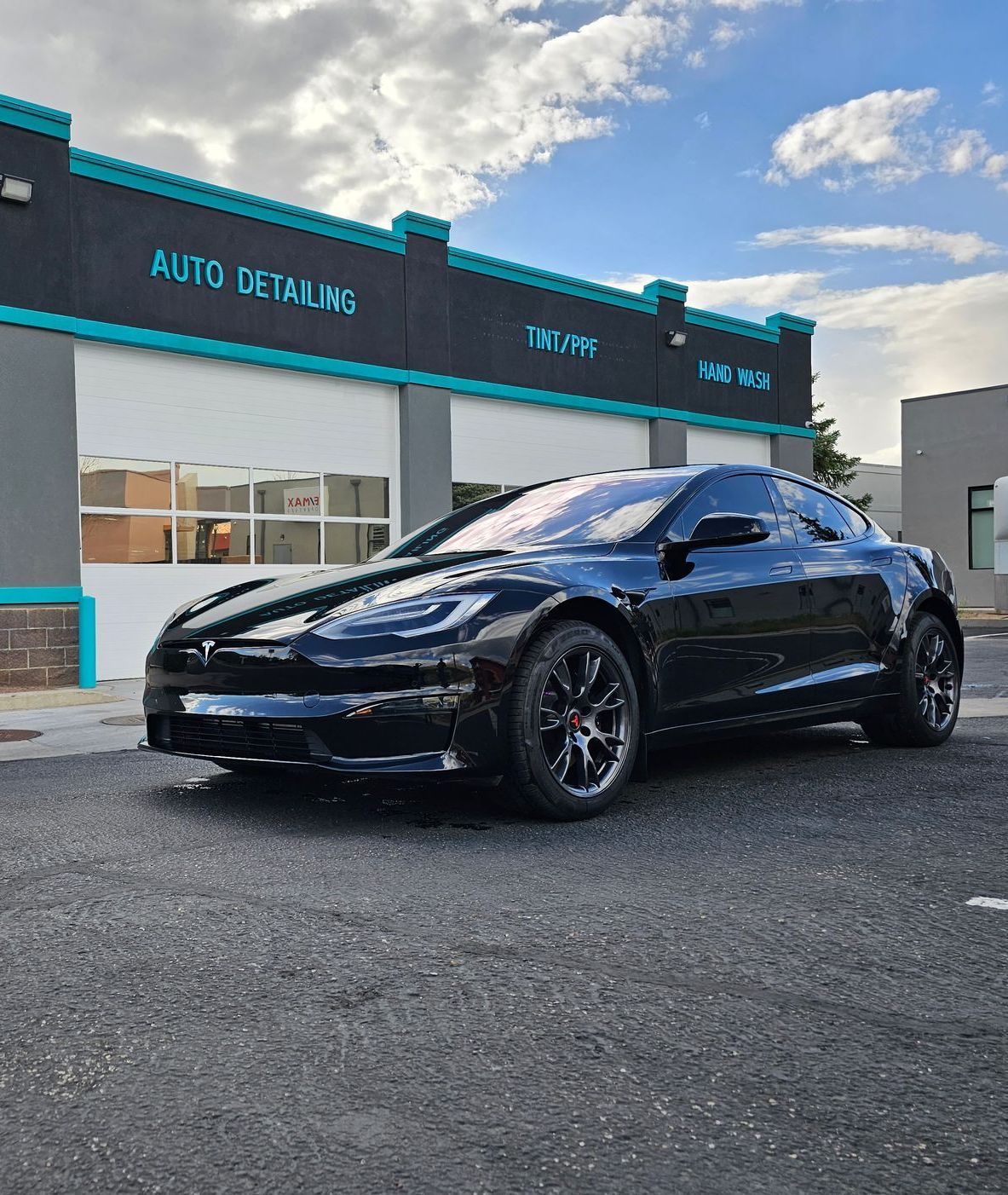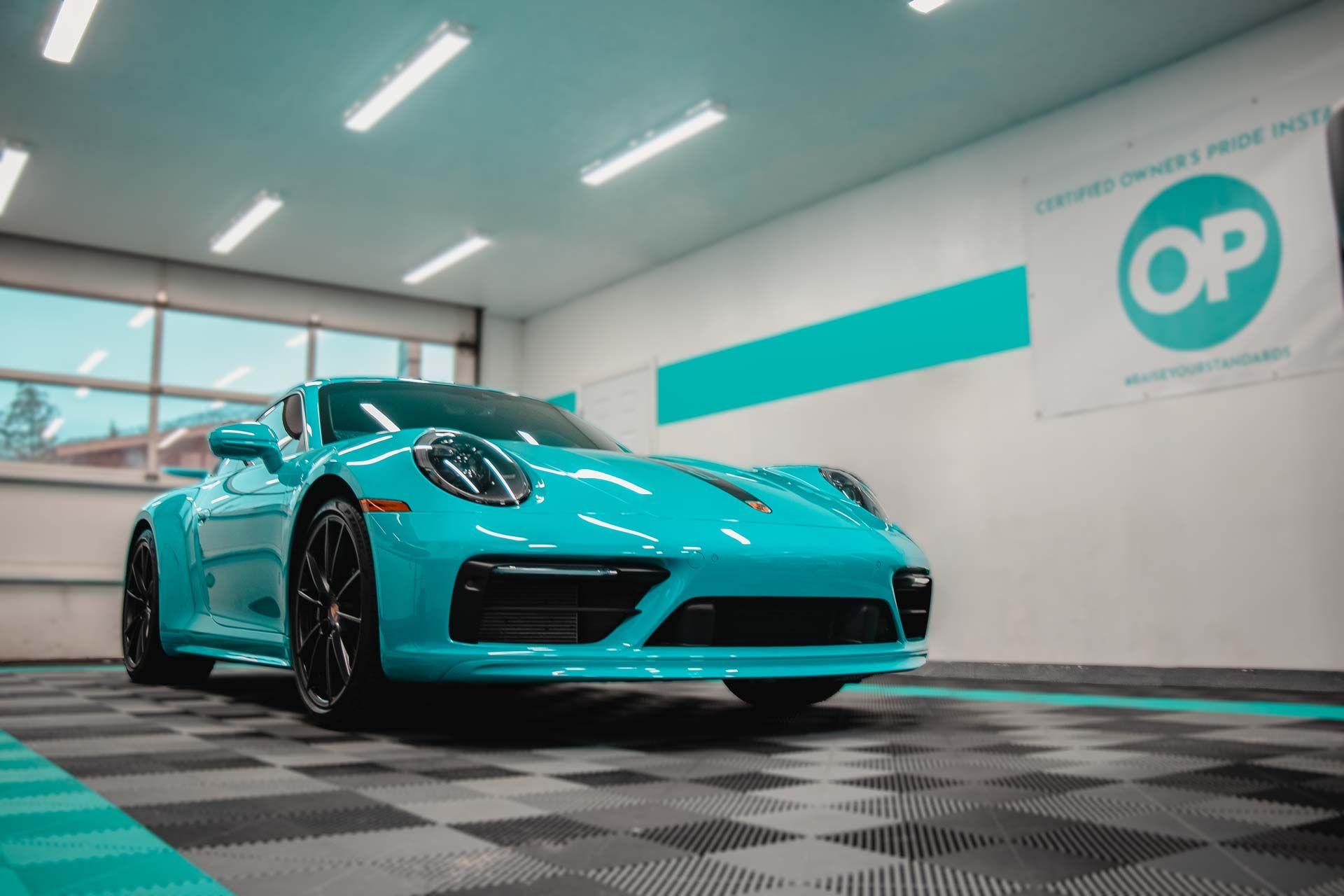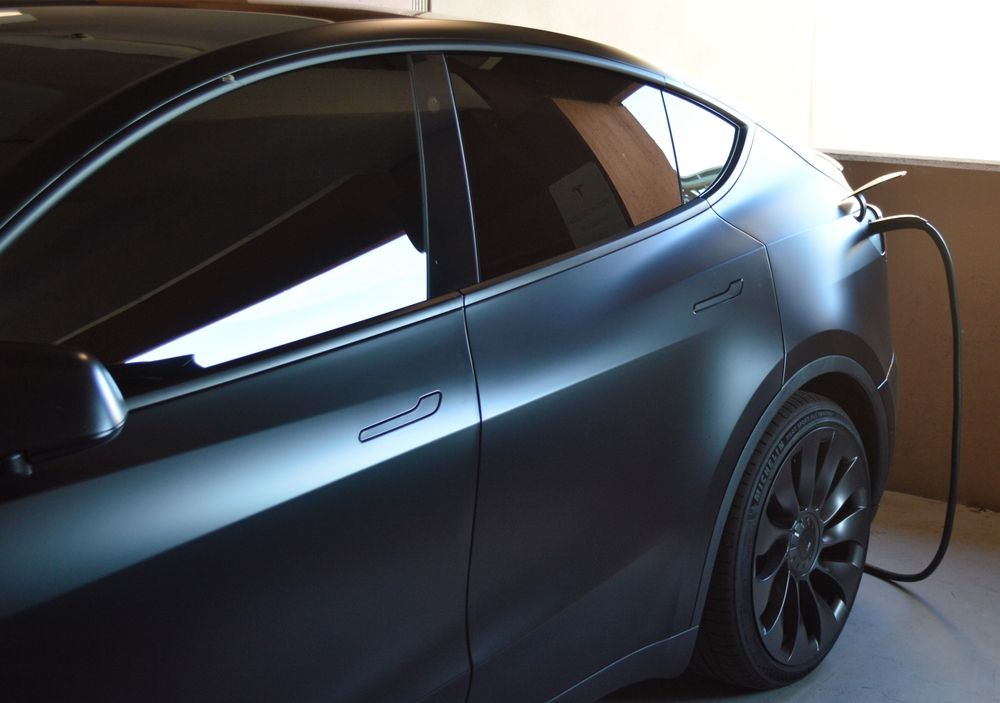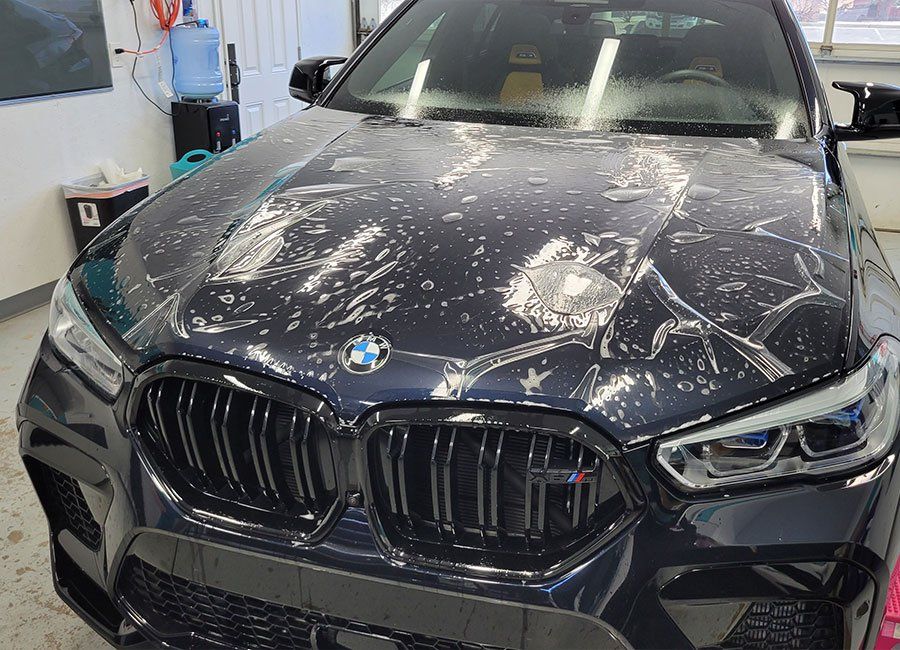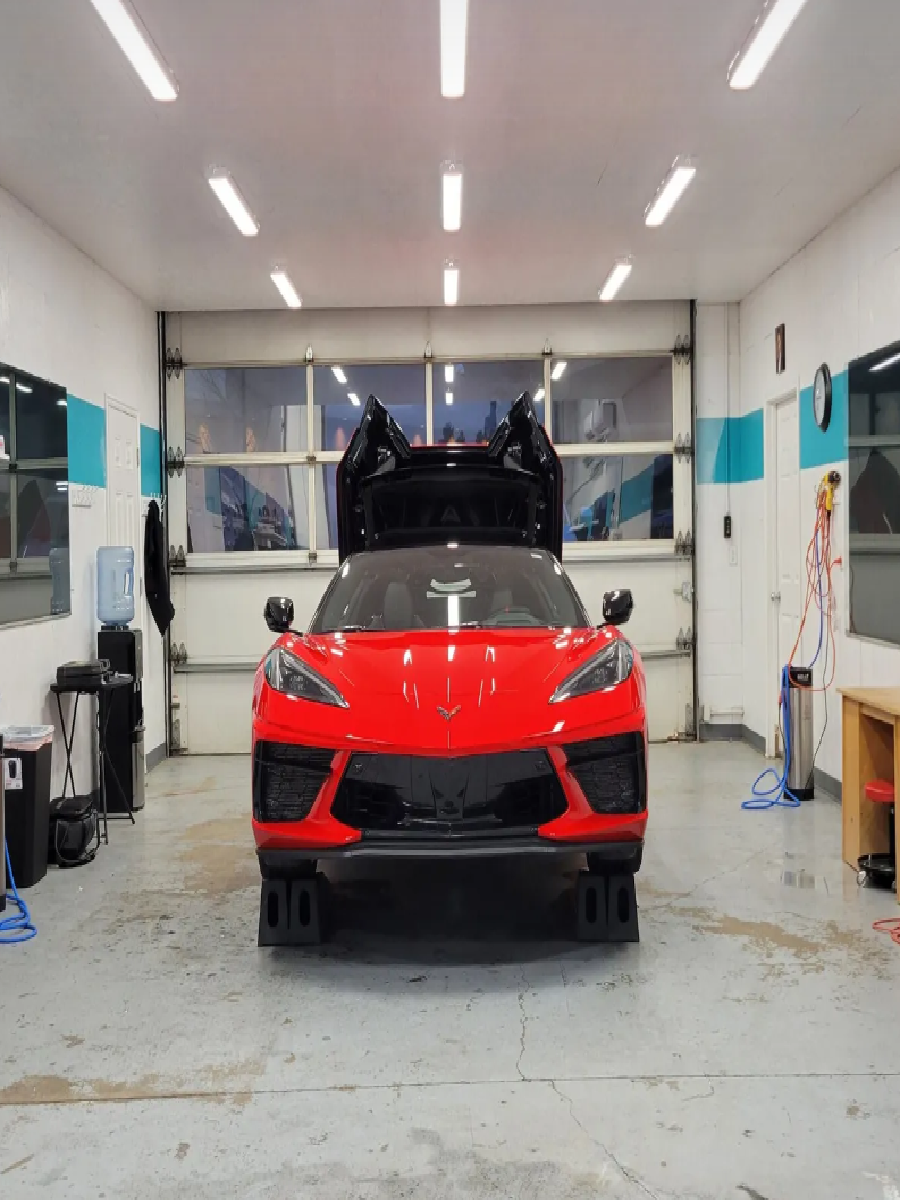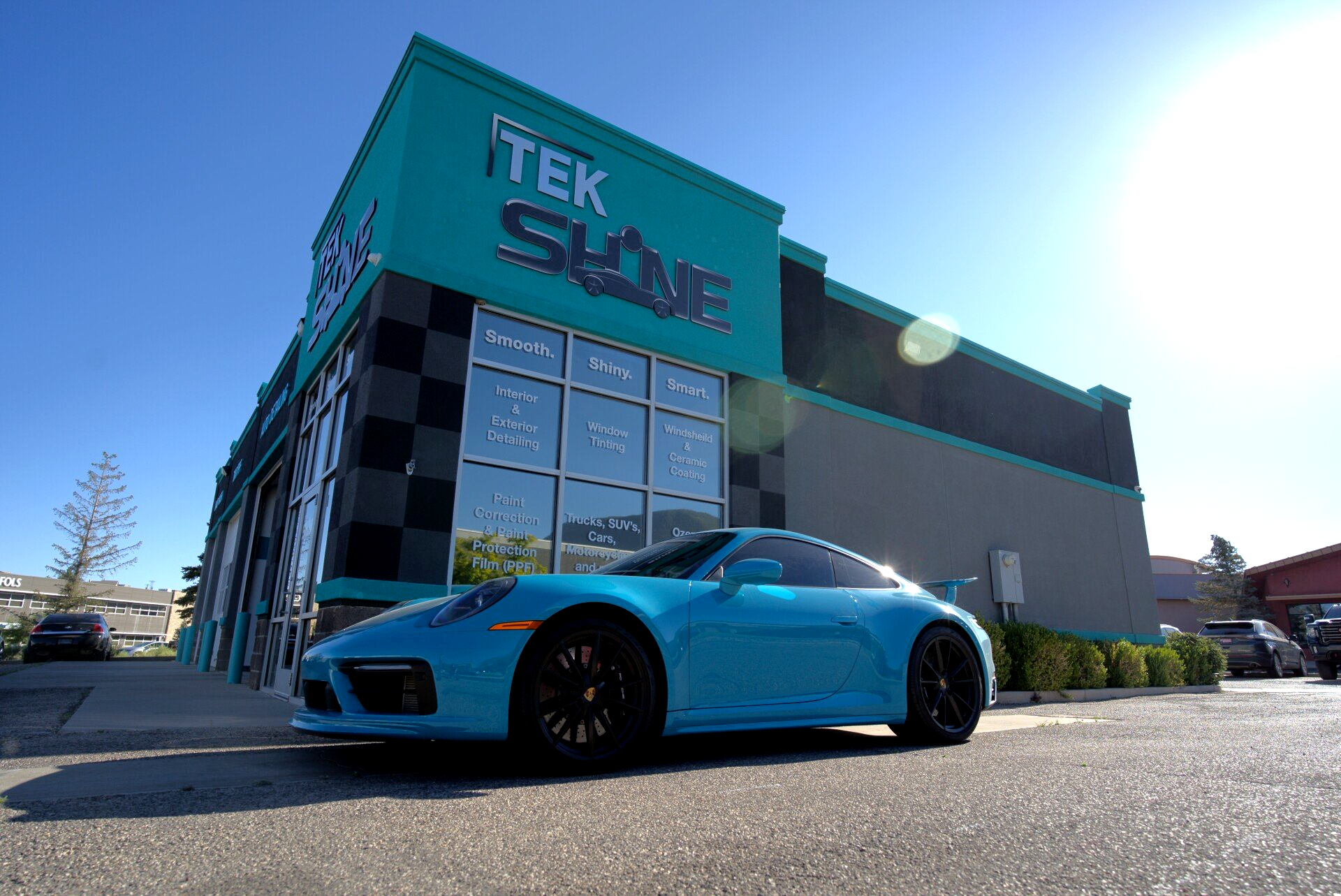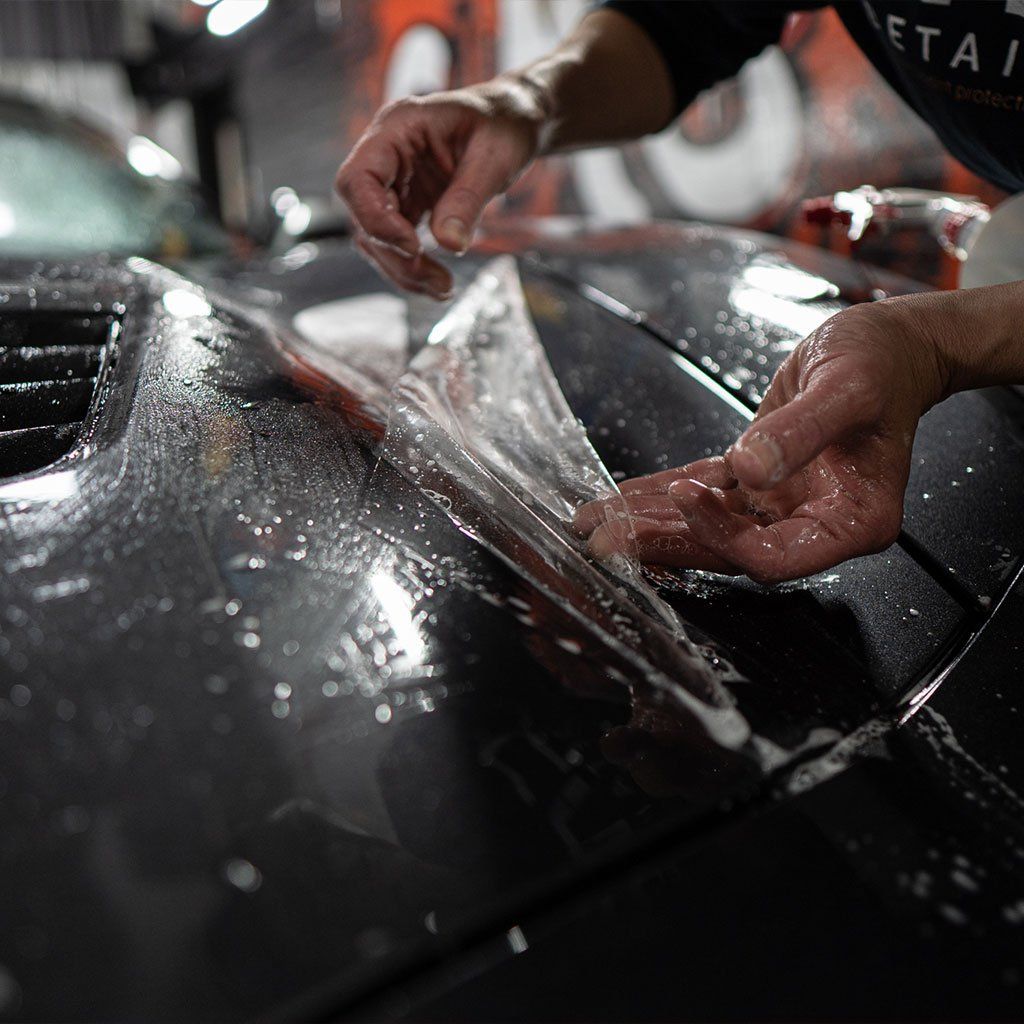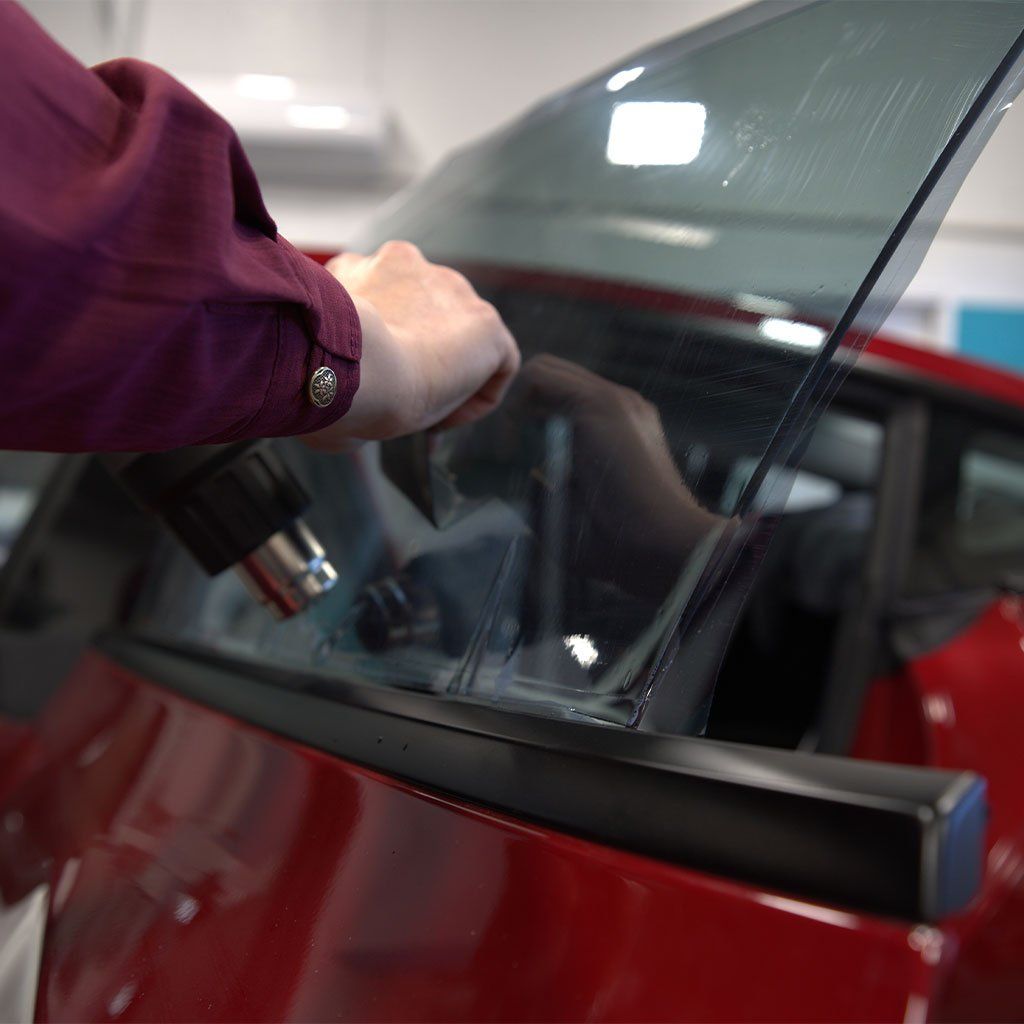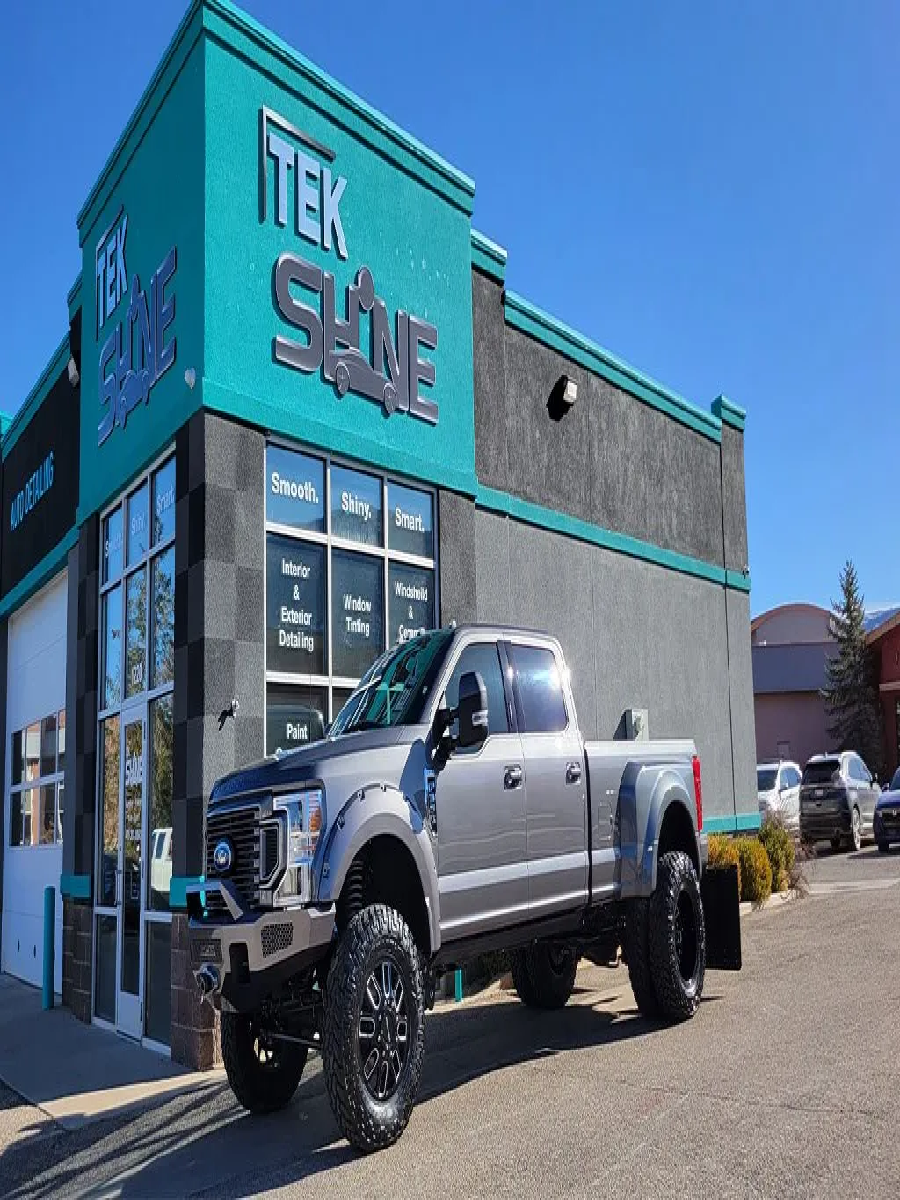Choosing the Right Ceramic Coating for Your Car: A Guide
CALL (435) 383-8663
When it comes to maintaining your car’s pristine appearance, choosing a suitable ceramic coating is essential. Not only does it protect your car's paint from harsh elements and potential damage, but it also enhances its glossy finish, bringing out the true beauty of your vehicle. However, with so many options available—each promising superior protection and longevity—it can feel overwhelming to make the right choice.
After diving deep into research and consulting expert reviews, as well as gathering insights from fellow car enthusiasts, we've created this guide to help you navigate through the complexities of ceramic coatings. From understanding the unique benefits of polymer versus quartz coatings to discovering the perfect balance offered by hybrids, we’ve got you covered. Let’s take a closer look at what makes each type stand out in protecting your pride and joy on wheels.
When choosing the suitable ceramic coating for your car, you should evaluate several critical factors, including the product's durability against environmental contaminants, the service provider's reputation and experience, warranty options, and customer reviews. Additionally, consider whether to hire professionals or use DIY kits based on your detailing skills and budget constraints to ensure optimal results.
Different Types of Ceramic Coatings
Polymer ceramic coatings are often the go-to choice for many car owners. They form a flexible protective layer that adapts as your vehicle’s surface expands and contracts due to temperature fluctuations. This adaptability is particularly useful in places where drastic weather changes occur, preventing cracking or peeling over time. Brands like Gtechniq Exo illustrate this well; they have developed solutions recognized for their exceptional durability even in extreme climates, making them a reliable option for maintaining your vehicle's appearance year-round.
While polymer coatings provide versatility, quartz ceramic coatings offer a significant upgrade in protection and finish.
Quartz ceramic coatings stand out because they feature high silica content, leading to an extremely hard exterior that rivals glass. This hardness translates into superior resistance against macro scratches and environmental contaminants. This type of coating is exemplified by products such as Quartz, which are popular among enthusiasts. In fact, a 2022 survey found that around 65% of users preferred quartz coatings specifically for their hardness and longevity. This means fewer frequent applications and maintenance, allowing you to spend more time enjoying the drive rather than worrying about wear and tear.
Following quartz coatings, we have hybrid ceramic coatings that blend characteristics from both polymer and quartz families.
Hybrid ceramic coatings strategically combine the benefits of polymer flexibility with the robust protection offered by quartz. This balanced approach makes them suitable for users who desire a comprehensive protective solution without overly compromising on flexibility. These coatings may not be as flexible as pure polymer options, but they retain enough adaptability to handle regular driving conditions while still providing significant protection against harsh elements. For car owners looking for a middle ground between extreme weather resilience and simple application, hybrid ceramics present an excellent choice.
Understanding these three distinct types—polymer, quartz, and hybrid—creates a solid foundation for exploring what other essential aspects will enhance your decision-making as you protect your vehicle’s exterior beautifully.
Key Factors to Consider
The selection of a ceramic coating is not merely a matter of choosing a shiny product; it encompasses various essential components that can significantly impact your vehicle's long-term care. One of the most pivotal aspects is product quality.
When considering a coating, prioritize those that offer substantial protection against UV rays, harmful chemicals, and environmental pollutants. These elements can contribute immensely to the degradation of your car’s exterior. For instance, if your coating lacks adequate UV protection, you may find your paint fading sooner than expected. Therefore, investing in a high-quality coating pays off by extending the lifespan and appearance of your vehicle.
Not all ceramic coatings are equal when it comes to application. Some require professional assistance, which can drive up costs but ensure better application and coverage. Professionals often have access to advanced techniques and tools that ensure even distribution, something that might be challenging with DIY methods, particularly for novices.
However, if you're looking to mitigate expenses and feel adventurous, there are user-friendly options available for DIY applications. Just keep in mind that thorough preparation and attention to detail will significantly influence the outcome.
Speaking of costs, it's also vital to consider warranty offerings associated with the products.
Many reputable ceramic coatings come with warranty packages that span anywhere from two to seven years. A solid warranty not only signifies the manufacturer's confidence in their product but also provides peace of mind for you as a consumer. A warranty can cover not only defects in materials but also issues related to performance, giving you a cushion against unexpected disappointments down the line.
Armed with an understanding of these crucial factors—product quality, application complexity, and warranty—you can now navigate through your options more effectively. Having established this foundation, it's vital to comprehend the application of these products to attain the best outcomes.
Cost Analysis
The expense associated with ceramic coatings goes beyond the product's purchase price. While DIY kits provide an appealing upfront cost, typically ranging from $50 to $150, one must consider both initial purchase and long-term benefits and drawbacks. If you opt for professional-grade coatings, like those provided by Ceramic Pro, expect to invest upwards of $1,000. This isn't merely about spending more; it’s a reflection of quality and durability that can save you from frequent reapplications or repairs down the line.
Factor in the service costs, as professional applications have their own advantages.
Professional Application
When considering professional applications, costs can dramatically rise, with services typically ranging from $500 to $2,000. The variation in pricing often corresponds to factors such as vehicle condition, paint correction needs, and the specific coating brand used. A well-executed professional application usually includes thorough surface preparation—removing old wax or sealant, polishing imperfections in the paint, and ensuring a clean slate for the new coating. This meticulous process plays a critical part in achieving the long-lasting shine and protection that ceramic coatings are known for.
Understanding these costs—both product and service-related—you can then evaluate how ceramic coatings compare to alternative options available on the market.
Comparison with Other Options
Ceramic coatings hold a significant advantage over traditional waxes or sealants despite their higher initial costs. Whereas conventional wax might last mere weeks before needing reapplication, ceramic coatings can endure anywhere from two to five years. Their superior hydrophobic properties mean less maintenance—water beads off easily along with dirt and grime.
While upfront expenses for ceramic coatings may seem daunting, they represent a long-term investment in your vehicle’s appearance and value. Understanding all aspects of these costs will allow you to make an informed decision that aligns with both your budget and maintenance goals.
Now, let's examine how these high-tech solutions compare to other protective treatments in terms of effectiveness and longevity.
Comparing Ceramic Coating with Other Options
When it comes to protecting your vehicle, it's essential to have a clear lens through which to view the various options available. Let’s take a closer look at some common alternatives and how they compare to ceramic coatings, particularly in terms of durability, application, and overall protection.
Wax
Many people consider wax to be the traditional solution for car shine and protection. While it does provide that coveted glossy finish that many car enthusiasts love, it pales in comparison when it comes to durability. A typical wax coating lasts only a few weeks to a few months at best. In contrast, ceramic coatings can protect your car for several years.
Many drivers opt for wax because it’s usually cheaper and simpler to apply. However, this comes with trade-offs: the need for frequent reapplications means more time spent maintaining the vehicle's exterior. If you frequently find yourself reapplying wax, consider switching to a ceramic coating that allows you to enjoy longer-lasting protection with less upkeep.
Paint Sealants
Paint sealants are an upgrade from conventional waxes. They generally offer better longevity—typically lasting several months longer than wax—but still cannot compete with the durability of ceramic coatings. According to recent studies, ceramic coatings can last up to three years longer than standard paint sealants without needing regular applications.
This impressive longevity is rooted in the advanced chemical technology behind ceramic formulations, which form a strong bond with your vehicle's paint surface. So, while paint sealants may be better than waxes, they're still not the best option if you're seeking long-term preservation of your vehicle's appearance.
Paint Protection Films (PPF)
Paint Protection Films (PPF) provide top-tier physical protection against macro scratches, chips, and other impacts. However, this level of protection often comes with a high price tag due to the complexity of their application and their material costs. PPF may serve as an excellent barrier against road debris or environmental contaminants but lacks the hydrophobic properties and UV resistance found in ceramic coatings.
For those willing to invest significantly in vehicle care, combining PPF with ceramic coatings could yield optimal results. The film protects against physical damage, while the ceramic coating ensures protection against environmental factors such as bird droppings and tree sap. This dual approach maximizes both physical and chemical barriers safeguarding your vehicle's finish.
Evaluating these protective options provides insight into the best methods for ensuring your car remains in pristine condition, paving the way for understanding how to maintain its performance over time.
Maintenance and Upkeep
Regular upkeep is essential to ensure that your ceramic coating lasts and remains effective. When treated with care, your vehicle's finish can sparkle like new for years, guarding against the elements while enhancing its overall aesthetic appeal. A few simple steps can keep it in optimal condition and allow you to reap the maximum benefits of your investment.
Gentle Washing Techniques
One of the first rules in maintaining your ceramic coat is to use pH-neutral car wash soaps. This gentle cleanser helps preserve the protective layer without causing damage. Avoid automatic car washes, as many use abrasive brushes or harsh chemicals that can degrade your coating over time. Instead, opt for hand washing to allow extra care and attention.
When washing your vehicle, rinse from top to bottom to remove dirt effectively while preventing macro scratches. Always wash on cooler days or in shaded areas to ensure that the soap doesn’t dry too quickly, which could result in streaking.
Regular Inspections
Periodically inspect the coated surface for signs of damage or degradation. Look for swirls or macro scratches that could disrupt the coating’s hydrophobic properties. If issues arise, address them immediately with spot corrections to prevent small flaws from becoming larger problems later.
Final Tips for Choosing a Ceramic Coating
First and foremost, it's essential to comprehend your car's specific needs and personal preferences. Does your vehicle spend long hours outdoors, exposed to harsh sunlight and potential elements? Or is it primarily garaged, only occasionally facing the rigors of nature? These factors can significantly influence your decision; for example, vehicles parked outside may benefit from coatings with excellent UV protection and water repellency.
When selecting products, always lean towards those backed by solid customer reviews, as this feedback reflects actual user experiences and provides insights into durability. Additionally, warranty options are invaluable—they often signal the manufacturer’s confidence in their product. A more extended warranty period generally indicates better quality and protection, giving you peace of mind.
Beyond these initial considerations, pay attention to environmental conditions during application. Temperature and humidity are critical to the success of ceramic coatings. Optimal conditions typically range around 60°F to 80°F (15°C to 27°C) with low humidity for best results. Applying under adverse weather can lead to improper curing, which ultimately compromises the coating’s effectiveness.
For those seeking comprehensive evaluations and recommendations on top-rated ceramic coatings tailored for various needs, we invite you to explore
TekShine. By understanding these essential aspects, you're well-equipped to make an informed decision that enhances your vehicle's protection and longevity.

